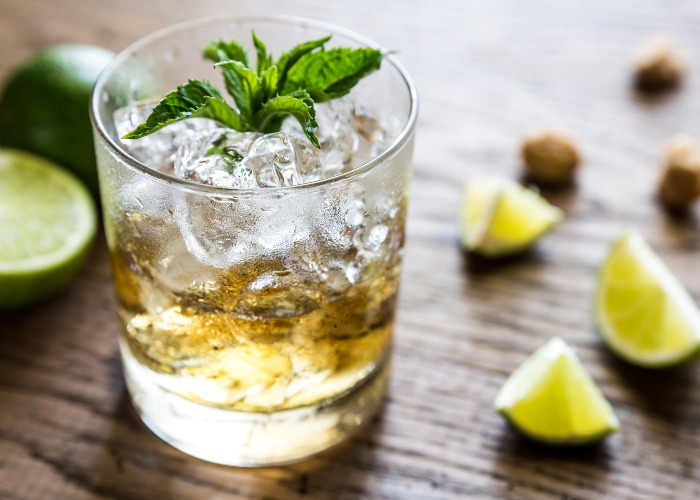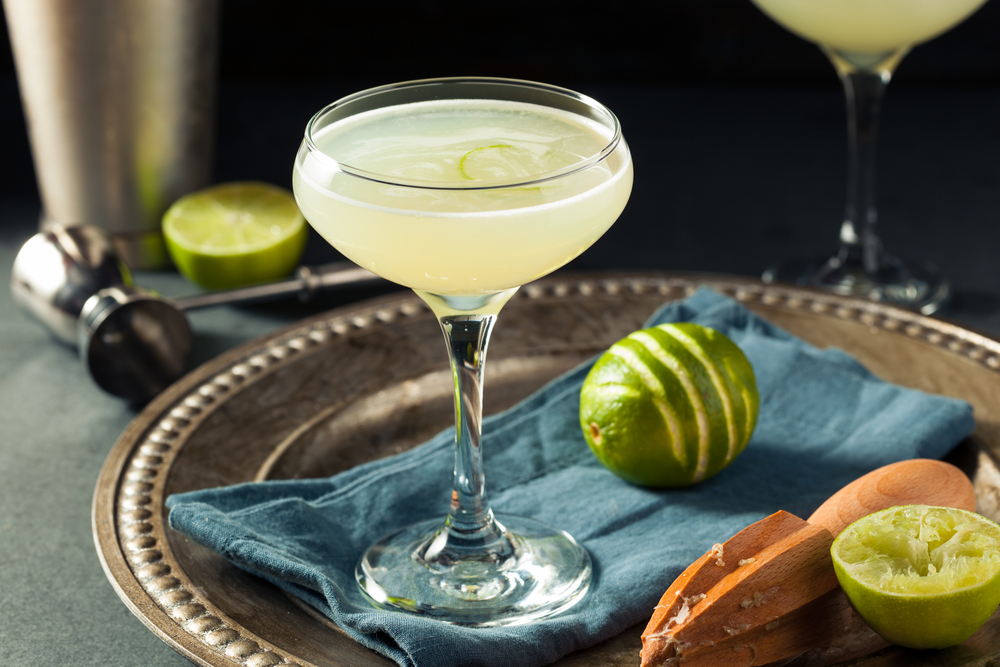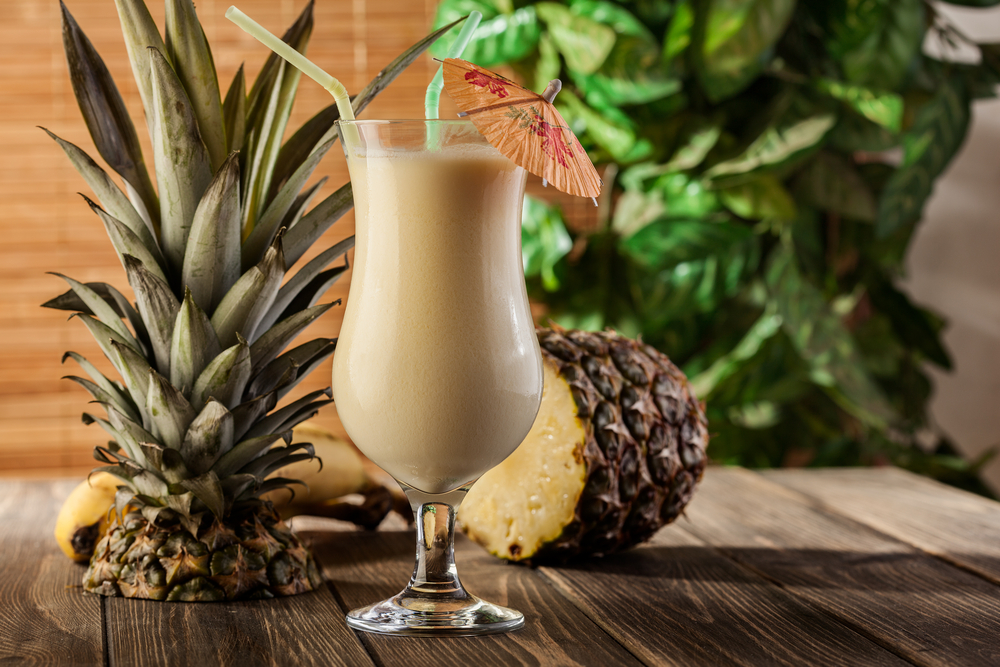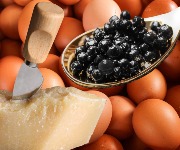Why rum is this year's hottest drink

Nicky Rampley-Clarke finds out why rum is set to make a serious comeback in 2018.
Every drink has its day. Five or so years ago saw the stratospheric rise of Aperol spritz, with fluorescent orange goblets served everywhere from London to Liverpool. Last year it was time for port and tonic to shine. P&Ts became a ‘thing’ as we discovered the serious joy of these refreshing sundowners ritually enjoyed in Porto, Portugal, each and every evening.
Step forward 2018, when it is rum’s turn to take centre stage: the sugarcane-based spirit is finally shaking off its dusty reputation and emerging from the back of the drinks cabinet as the hottest sip of the year.
It’s about time, says Emmali Stenhouse, ambassador for spiced rum Sailor Jerry – one of the most recognisable brands on the market. “Rum will always embody the Caribbean way of relaxing on the beach while sipping a cocktail and taking it easy,” she says. “And seeing as our summers are often short and sweet here in the UK, rum cocktails help us drift away and dream of that far-flung tropical paradise.”
 Valentyn Volkov/Shutterstock
Valentyn Volkov/Shutterstock
She’s not wrong: the need for escapism has never been greater right now with discerning drinkers looking to forget the instability of the world around them (Brexit! Trump! Jobs! All. Too. Much.). That, together with the rise of independent new brands, non-Caribbean varieties, and innovative ways to blend them into cocktails, mean rum's profile is well and truly on the rise – and with it an unquenchable thirst.
A willingness to experiment has developed alongside this desire for escapism, too. Ryan Chetiyawardana, AKA ‘Mr. Lyan’ of top London bars Dandelyan, Super Lyan and Cub, says: “Rum was dogged for a while by a lot of misinformation flying around. But there has been a real shift in education... as well as a greater breadth of product hitting the market."
"What’s exciting is a new wave of rum coming from atypical sources", he adds, "we serve an organic London rum and a Japanese rum using Okinawa sugar, whilst we’ve also stocked English, Scottish, American, Indian and South Asian rums behind our bars, too.”
 Brent Hofacker/Shutterstock
Brent Hofacker/Shutterstock
There are more where those come from. This February saw the launch of La Hechicera – a beautiful Colombian rum pronounced 'etch-ee-seh-rah'. Deep and woody with notes of tobacco and coffee, its intense flavours are down to ageing rather than sweetening, with the recommended serve straight up over a single rock. Then there’s newcomer Tamaka, the only rum from the Seychelles, made from island-grown sugarcane and artesian waters. With a light coconut aroma and a smooth creamy flavour, it’s fabulous in a daiquiri.
Caribbean rums are also becoming fashionable again, too. Newcomer The Duppy Share – a blend of Caribbean rums from both Jamaica and Barbados – is enjoying great success; while much-loved Ron Zacapa continues to ride high. Premium Caribbean rums, in particular, have grown 18% in the last year, surpassing a whopping £1-billion in sales in 2017 alone.
A booming cocktail culture has helped, too. Javier Escribano, bar manager at MNKY HSE in London's Mayfair, says: “Rum’s versatility gives bartenders the opportunity to play with a myriad of flavour combinations. Whether it’s white, golden, or even spiced, this spirit marries perfectly with a wide array of mixers.”
 Slawomir Fajer/Shutterstock
Slawomir Fajer/Shutterstock
So how should you embrace rum in modern-day drinking? Think a return to retro, so pimped-up daiquiris, mojitos, mai tais, piña coladas and tiki-style drinks, albeit with new and surprising twists, from multiple rums in one cocktail to spiced rums in place of plain.
Up until now, rum has been lagging behind gin and vodka in becoming relevant again, so it’s safe to safe the opportunity for it this year – and beyond – is endless. It’s high time rum had some fun.
Header image Alexander Prokopenko/Shutterstock
You might also like:
How to make the perfect martini
Most Recent
Comments
Be the first to comment
Do you want to comment on this article? You need to be signed in for this feature








